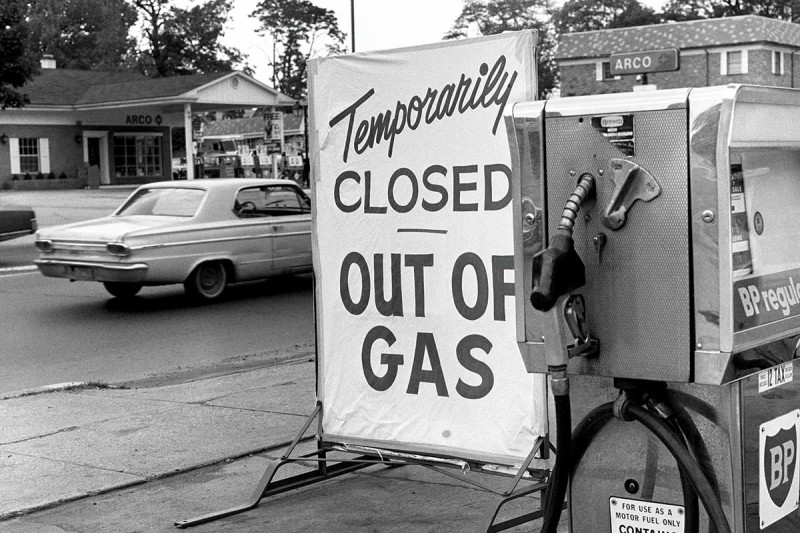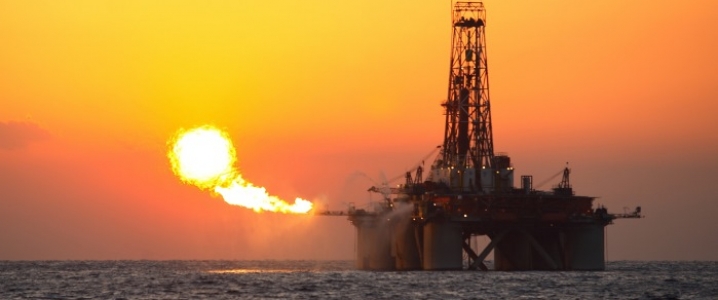Peak Oil Review – 20 Jun 2016
Oil prices dropped for six straight trading sessions before rebounding on Friday to close at $47.98 in New York and $49.17 in London but both markets were down for the week. Trading was dominated by polls showing that Britain may vote to leave the EU this week sparking financial turmoil and slower economic growth. These fears resulted in a stronger US dollar which in turn drove oil prices lower. Running counter to these pressures were an IEA forecast that the global supply/demand would be back in balance by the end of the year; production outages in Libya, Canada, and Nigeria; and concerns that the deteriorating situation in Venezuela could soon limit oil production and exports.



